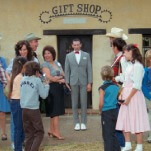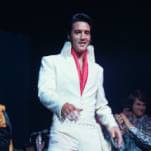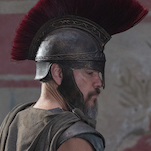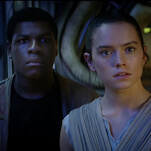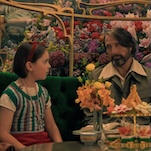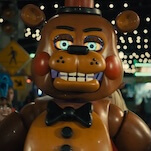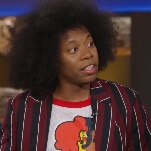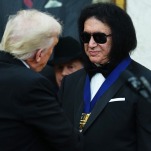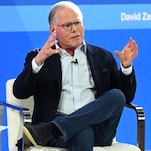Netflix’s Heartstopper matures in its stirring third season
Charlie and Nick’s teen romance is put through the wringer
Photo: Samuel Dore/Netflix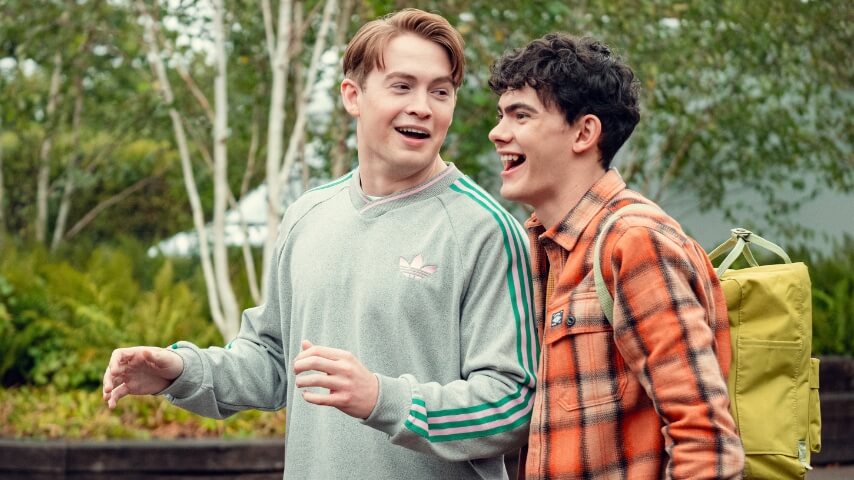
Heartstopper’s streak remains impressively unbroken. The YA rom-com returns for a great third season that puts its two leads through quite the wringer. Don’t worry: Charlie Spring (Joe Locke) and Nick Nelson (Kit Connor) successfully overcome difficulties with each other’s support. It’s always endearing to watch the genuine connection between them, which is underlined by the animated leaves, hearts, and lightning sparks fluttering on the screen. In the eight new episodes, the teens grow up as they confront classic problems that arrive at age 16, from university choices to sexual desires. All this happens in Heartstopper’s trademark voice—sweet but never cloying, breezy yet vital, and, of course, consistently wholesome.
In the stirring third season, Nick and Charlie evolve as a couple and take major steps in their relationship. But crucially, the writing emphasizes their individual identities. So far, the young love interests have been consumed by their feelings. This is undeniably cute, but who are Nick and Charlie outside of this tight-knit bond? What do they want out of life, and how do their friends and family members factor in? Heartstopper pursues these questions well, especially regarding Locke’s character.
The actor, who recently made his Marvel debut in Agatha All Along, tackles some of Charlie’s toughest, most vulnerable moments in season three. Charlie’s battles with body-image and mental-health issues intensify, pushing him to open up to his parents, sister, and best friends about his eating disorder. This season’s emotional fourth installment is a pertinent, sincere half-hour about the start of his healing journey (with Nick by his side through it all). The episode perfectly sums up Heartstopper’s many strengths. Using a welcoming, seemingly simple, and vibrant aesthetic, creator Alice Oseman weaves realistic coming-of-age stories through the lens of queer kids—but Charlie, Nick, and their friend group aren’t just checking off diversity boxes. They each get multidimensional arcs that are both messy and fulfilling, ones that unfold over well-paced 30-minute outings. And as always, the show’s inherent hopefulness is unlike anything else on TV right now, particularly in the YA genre.


























